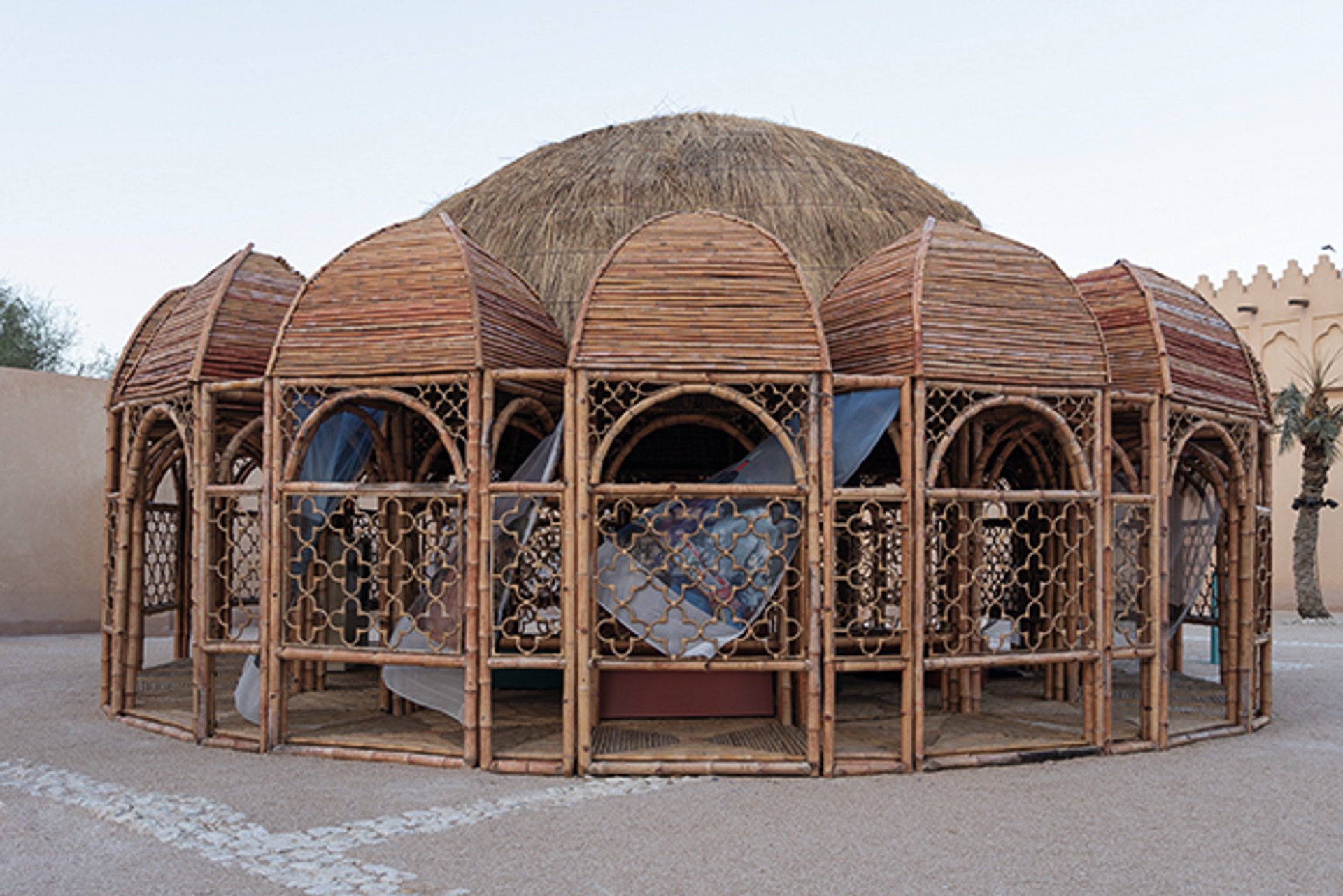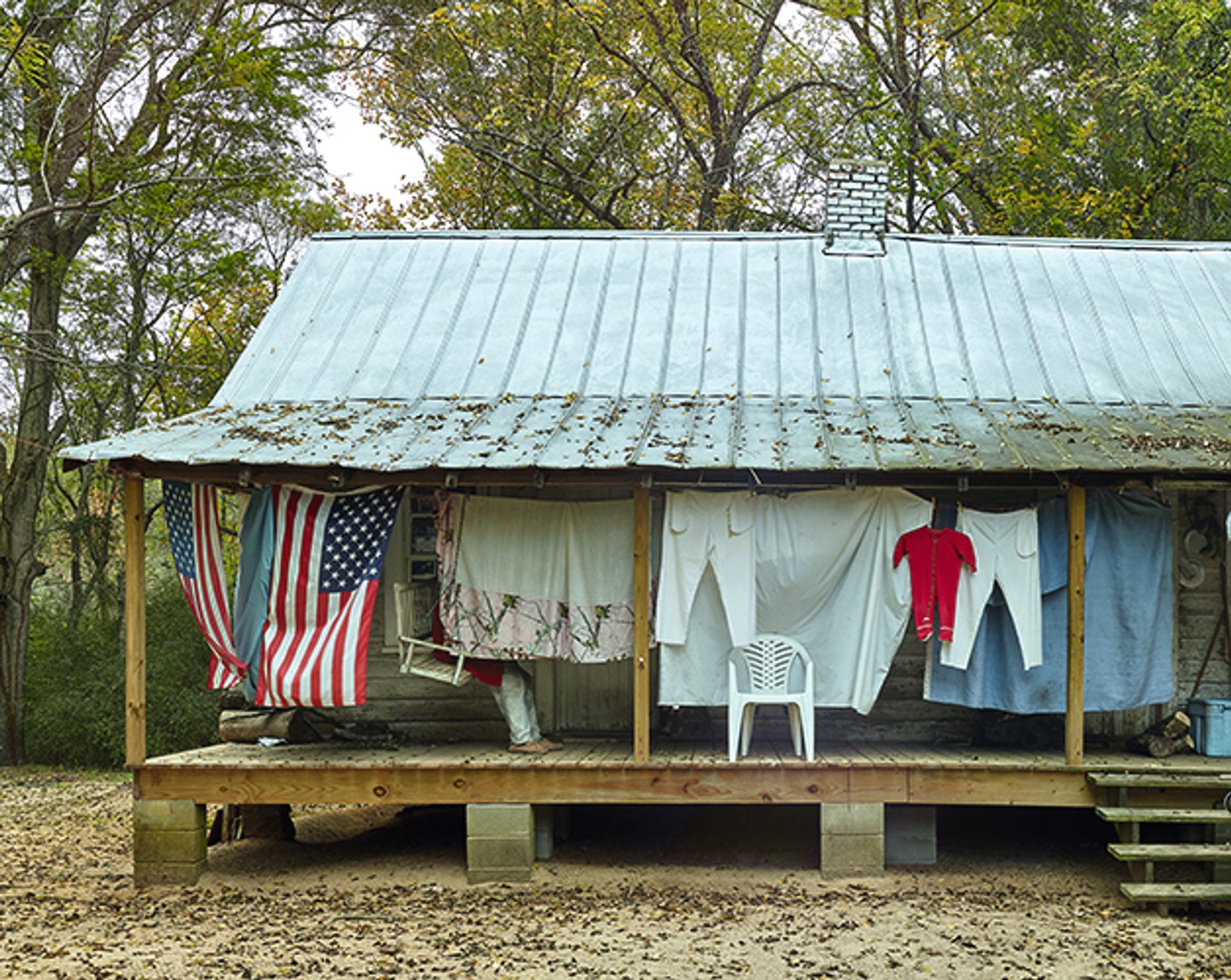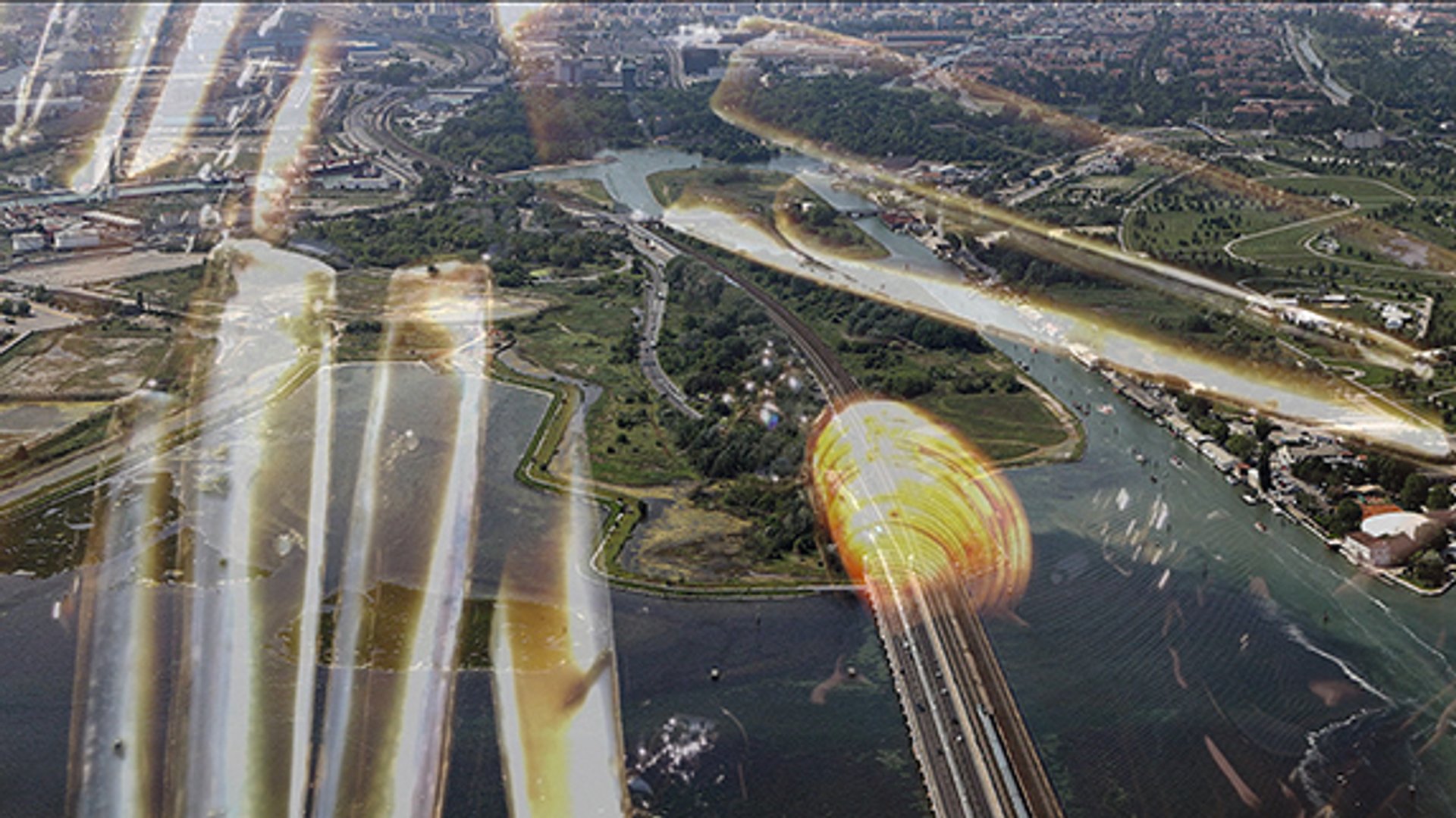What not to miss at this year’s Venice Architecture Biennale – The Art Newspaper
Main exhibition: Intelligens. Natural. Artificial. Collective
Carlo Ratti’s big idea for this year’s architecture biennale is that we should perhaps let go a little of the utopian fantasy of instantaneous decarbonisation and instead think about how architecture might allow us to adapt for a fast-changing, overheating and watery future.
The architect and Massachusetts Institute of Technology (MIT) academic flits easily between science, design and tech, which might make for a very open, if not very conventional biennale. The upside is that the looseness of his theme “intelligens” (an inelegant portmanteau of “intelligence” and “gens” or “people”) seems to have prompted a wide-ranging and ambitious event which spans everything from Venice’s public transport to AI architecture and the use of uncut trees as building frames.
Any architecture biennale attracts a welter of criticism, from those who believe there are not enough buildings on show, to those who veer towards architecture as social activism and consider the very act of building as being mired in toxic practices. But whatever the outcome, the biennale is the one place where the architectural discourse occasionally coalesces into something comprehensible to the outside world. That it takes place in the magical impossibility of a city built on water and unchanged in centuries is always a bracing slap in the face to contemporary architecture.
• Arsenale
Pavilion: Belgium
Bas Smets, the curator of this year’s Belgian pavilion alongside the biologist Stefano Mancuso, is an architect turned landscape designer who is at present working on the landscape around Notre-Dame cathedral in Paris, where he is using trees as a cooling system for the large public space and greenery to bind the site back into nature. Here in Venice he has taken over the Belgian pavilion to create a biosphere, an experiment in how plants and trees will be able to manipulate and regulate the environment to make it more comfortable not only for their own needs but also for human visitors. The flora will be monitored and measured and will in effect be able to request more irrigation, more light and so on as an AI system begins to understand their demands. Smets suggests that one future for our spaces is as shared environments with plants in which they help to control the environment. Using AI and electronic monitoring, it is as high and as low tech as possible: a new age of digital horticulture.
• Giardini
The Brazilian pavilion will look at how architecture can help humans and nature co-exist. Photo: Inhabited Wall – Coati restaurant, conceived by Lina Bo Bardi and João Filgueiras Lima, 2014, Joana França / © courtesy of the photographer
Pavilion: Brazil
We might think of the Amazon rainforest as the last great wilderness, a huge tranche of jungle untouched by human hands. But we would be wrong. Recent research suggests that already over 10,000 years ago much bigger populations than previously thought were hard at work shaping and manipulating the landscape. Indigenous people created complex infrastructures which indicated a sophisticated knowledge of nature and technology and how to both adapt the landscape and to work and live with it. This careful environmental management led to what the curators of the Brazilian pavilion, the Plano Coletivo group, refer to as balance, an equilibrium which has now been lost in an orgy of extraction and destruction. The second part of the installation focuses on the contemporary city and asks how we can learn from those ancient practices of stewardship and husbandry. It sounds complex and ambitious but the Brazilians usually manage to pull off remarkable pavilions, last time round winning the “best in show” award of the Golden Lion.
• Giardini
Pavilion: Latvia
“What does it mean to live on Nato’s external border in times of geopolitical conflict?” asks this year’s Latvian pavilion. The small Baltic country is at present hardening its border with Russia, constructing tank traps, steel hedgehogs, concrete dragon’s teeth and anti-vehicle trenches—old-school devices which will be familiar from the Second World War. There are other more modern dimensions too, measures against cyber-warfare, communications and so on. How do these interventions emotionally affect local populations? How do the changes in the landscape affect perceptions of safety and home? All good questions which we might all soon be asking.
• Arsenale

The architect Yasmeen Lari will build a temporary community centre on the site of the forthcoming Qatari national pavilion in the Giardini Photo: © Qatar Museums
Pavilion: Qatar
The Gulf state has announced that it will be building a new national pavilion in the Giardini, the first since South Korea in 1995. In the meantime the Pakistani architect Yasmeen Lari will be building one of her wonderful bamboo community centres on its future site. Lari works together with communities not only to design these buildings but to provide skills, crafts and even a trade to people who go on to co-create and then build further structures, using easily available and workable local materials such as bamboo, mud, lime and woven textiles.
• Giardini and Palazzo Franchetti, San Marco 2847

The US pavilion will explore that most American symbol of domesticity, the porch, like this one in Folsom, Alabama Photograph by Timothy Hursley
Pavilion: United States
It is ironic that the US theme this year is of embrace and welcome. An exploration of that most American symbol of domesticity, the porch, attempts to reconcile historic approaches and contemporary reinterpretations of a covered space which is both private and domestic, both inside and out. Perhaps the retreat into an image of traditional domesticity works well as a counter to the incessant churn of the news cycle. A little calm moment on the porch with a lemonade. Or maybe a large bourbon (with tariffs).
• Giardini
Special project: Temporary bookstore by Diller Scofidio + Renfro
The Biennale has a lovely bookshop, a delicate copper-roofed, postmodern pavilion designed by James Stirling. But it has been closed for a while and this year the Biennale has commissioned Diller Scofidio + Renfro to design a temporary bookshop. It’s an exercise in lightweight structure from the architects behind The Shed in New York, a vaulted canopy supported on a tubular truss. The practice is also responsible for another installation revolving around two very Venetian things, water and coffee. Water from the canals, with all its mud, pollutants and toxins, will be drawn and fed through a system of biofilters to produce espresso to be drunk at the bar. As water becomes an increasingly precious resource this looks less whimsical and more critical.
• Bookshop: Giardini; Canal Café, Arsenale
Special project: V&A Pavilion
The UK museum has had a space in Venice since 2016 and has consistently explored topical and often unexpected cultural subjects in fascinating depths. This year’s subject is storage, something close to the heart of the institution with the 31 May opening of their Storehouse on the edge of the former Olympic Park in London. The exhibition examines storage in the contemporary global supply chain and beyond. It’s a good subject which eventually provokes the question, “is everything just storage?” Including, and particularly of course, the museum.
• Arsenale

The architect Nigel Coates leads a project to understand how a new settlement could be developed on the Venice mainland Film still: John Maybury 2025
Special project: Margherissima
Nigel Coates, the British architectural wunderkind of fashion and nightlife, has an off-site show, Margherissima, an exercise in redesigning Venice’s industrial neighbour Forte Marghera, decontaminating and attempting to understand how a new settlement could be built around its inhabitants and their lives. The installation will consist of large models made from the leftover fragments of industry, salvaged components and materials positing a new industrial skyline haunted by the remains of manufacture.
• Forte Marghera, mainland Venice




